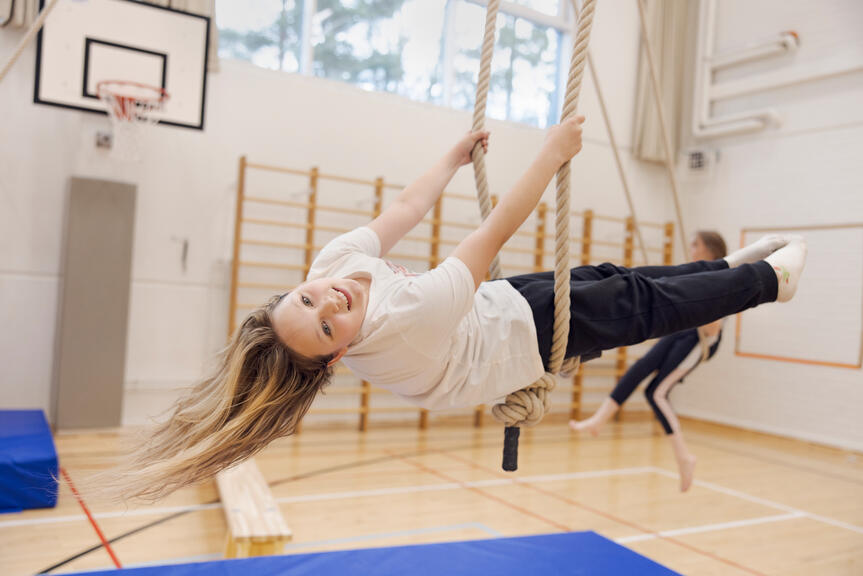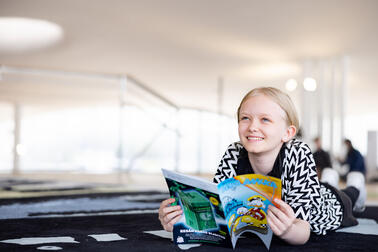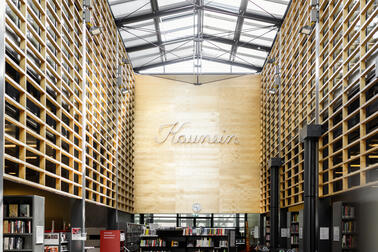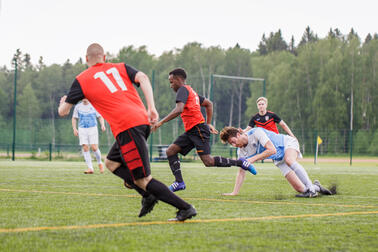
The Finnish model for leisure activities enshrined in the Youth Act has become a permanent operating model in Helsinki and a key part of the City's services for children and young people. In 2023, the City was able to offer over 13,000 places in activity groups based on the model for schoolchildren in grades 3–9. With 450 weekly activity groups and 84,000 activity sessions per year, The Finnish Model for Leisure Activities in Helsinki is a notable provider of leisure activities in Finland.
Helsinki will continue to focus on children and young people in 2024 as well. For this year, the City has allocated an appropriation of EUR 400,000 for activities based on the Finnish model for leisure activities to supplement the EUR 1.1 million grant issued by the Ministry of Education and Culture and to safeguard the scope of the activities for the purpose of strengthening the regional well-being of children and young people.
“Every child and young person must have the right to engage in leisure activities. Free-of-charge leisure activities integrated into the school day have opened up new opportunities for pupils. At its best, the Finnish model for leisure activities can help children and young people discover their own favourite hobbies, which will bring them joy for a long time to come,” says Deputy Mayor for Culture and Leisure Paavo Arhinmäki.
The model has allowed many children and young people with few hobbies to discover new ones
The Finnish Model for Leisure Activities in Helsinki collects feedback from participants every year for the purpose of developing the activities. In the autumn 2023 feedback survey, 16% of participants reported that they had no other hobbies, while 32% reported that they participated in one other hobby in addition to the activities organised under the Finnish model for leisure activities. Overall, the activities earned an excellent grade from pupils, so participants are clearly satisfied with the activities and their quality.
“We work closely with pupil welfare, school health care, school coaches and youth work in order to increase the participation of children and young people in the activities,” says Project Manager Irma Sippola from The Finnish Model for Leisure Activities in Helsinki.
Helsinki's three baskets model offers equal opportunities to engage in activities
Free-of-charge leisure activities organised after the school day are available at all of Helsinki's comprehensive schools for pupils in grades 3–9. The fact that the activities are free of charge makes it so that pupils can participate in them regardless of their family’s financial situation.
The range of activities available is based on children and young people’s preferences. Each school in Helsinki has three different types of leisure activities on offer: sports activities, cultural activities and digital or other activities. This is called the three baskets model. Dividing the activities into three baskets ensures that schools are able to offer a wide variety of different activities.
“The Finnish model of leisure activities has proved to be a good way of increasing the equality of leisure activities and opportunities to participate in fun activities together with others,” says District Manager Tiina Hörkkö from the City of Helsinki Youth Services.
Join the activities
The majority of the activity groups based on the Finnish model of leisure activities convene at school premises. Pupils and guardians are informed about the activities via Wilma and on the schools’ websites. The activity groups welcome new participants throughout the year, as long as there is room in the groups. The most popular activity groups have queues, with new groups established as needed. In addition to participating in activities organised at their own schools, pupils can also participate in activities organised at other schools.
Here are just some examples of the leisure activities based on the model that schoolchildren can engage in after the school day: parkour, basketball, futsal, dance, gym training, climbing, cheerleading, swimming, circus, film, theatre, band activities, visual arts, languages, history, history, guide and scout skills, entrepreneurship, programming, game design, esports, cooking and animal hobbies.


